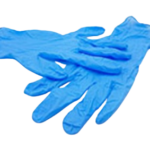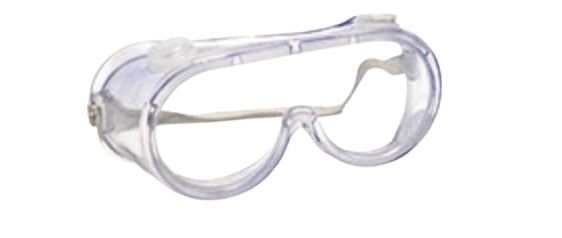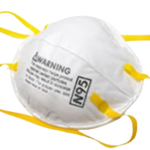We offer certified PLM Asbestos Sample Testing QuicK turnaround.Asbestos Testing Safety is always Our Comitment .
We offer certified PLM Asbestos Sample Testing with Quick turnaround. E-mail us your sample sheet and Head to our Convenient Location & Drop off your Sample package In Drop Box with no paperwork to deal with or waiting in line.

ASBESTOS TESTING SAFETY
While the process of asbestos abatement necessitates rigorous safety measures, the collection of samples for testing can be conducted with relative ease with Asbestos Testing Ssfety
Engagement of a certified asbestos professional can provide reassurance and guarantee adherence to local regulations.
If uncertainty exists regarding a material’s asbestos composition, it is advisable for a professional to evaluate the situation prior to any sampling efforts.
In instances of inadvertent exposure to or disturbance of suspected asbestos materials, it is imperative to adhere to decontamination protocols and seek medical guidance.
.
Prioritizing safety is paramount; all necessary precautions should be taken to safeguard oneself and others during the sampling procedure.
However, the use of personal protective equipment (PPE) during asbestos testing is strongly advised.
Prior to initiating any sampling, it is essential to prepare the appropriate tools and materials, including sealable containers and proper labeling.
Acquainting oneself with the various types of asbestos-containing materials commonly present in buildings is critical, as this awareness can enhance safety throughout the sampling process.
Examine any available architectural schematics or prior inspection reports to pinpoint areas of concern that may harbor asbestos.
During the sample collection:
Utilize disposable gloves, eye protectors, and a dust mask; a NIOSH-approved respirator is preferable if accessible.
In the absence of a respirator, avoid generating and inhaling dust.
Exercise caution and deliberation to limit exposure and maintain the integrity of the collected samples.
Employing slightly dampened cloths to wipe surfaces prior to sampling is recommended to further mitigate the risk of dust dispersion.
It is prudent to document the location and condition of each sample taken for future reference during analysis.
Consider moistening the material to be sampled using a spray bottle to diminish dust agitation.
Sample collection should ideally be conducted when the area is unoccupied.
Deactivate any fans and strive to minimize air movement.
Ensure the tools used for sample collection are clean, and sanitize them between each sampling to avert cross-contamination.
Utilize a clean and dry Ziploc bag to enclose each sample; do not tie plastic bags to secure them.
Seal all sample bags within a larger, securely closed zip-lock bag.
Post-collection, it is vital to thoroughly wash hands and cleaning cloths.
Suspected materials include:
Drywall joint compound
Popcorn ceiling
Stucco (exterior or interior)
Floor tiles
Linoleum
Parging/textured finishes
Lath and plaster walls
Vermiculite insulation
Roofing materials
Ceiling tiles
Chimney flue
**Along with myriad other potential asbestos sources.
..



Always refer to the following official safety resources before disturbing or handling any Suspect materials that may Contain Asbestos
Following these guidelines helps ensure safety and compliance with U.S. federal regulations.
EPA – Asbestos Overview
https://www.epa.gov/asbestos
OSHA – Asbestos Regulations & Worker Safety https://www.osha.gov/asbestos
CDC/ ATSDR – Asbestos Health Effects & Exposure https://www.atsdr.cdc.gov/asbestos
CPSC – Asbestos in Consumer Products & Homes https://www.cpsc.gov/Safety-Education/Safety-Guides/ Home/Asbestos-in-the-Home
NIOSH – Workplace Asbestos Safety Resources https://www.cdc.gov/niosh/topics/asbestos
This resource list is provided for general information only. C/O Lab Direct
Dangers
Though rumours started much earlier, it wasn’t until 1899 that the negative effects of asbestos exposure were noted.. and the first recorded death in 1906. It wouldn’t be until the 1970’s the manufacturer’s were forced to acknowledge the incredible dangers of the product. To this day the product is not outright banned, and the industry continues to fight regulation ferociously despite the fact there are 90,000 deaths worldwide directly attributed to asbestos exposure. Known as an invisible killer, asbestos fibres can be suspended in air, breathed in and cause medical conditions such as lung cancer, scarring and mesothelioma. Arguably the worst part is the fact it can be 10-40 years from exposure that you might notice medical issues! There is no cure or treatment for asbestos exposure, so it’s essential that proper safety procedures be taken when deal with with the material.
Respect It
Medical professionals have stressed just how dangerous asbestos is to our individual health. Make sure you show it the same respect you would show a Grizzly Bear and you should be fine!
